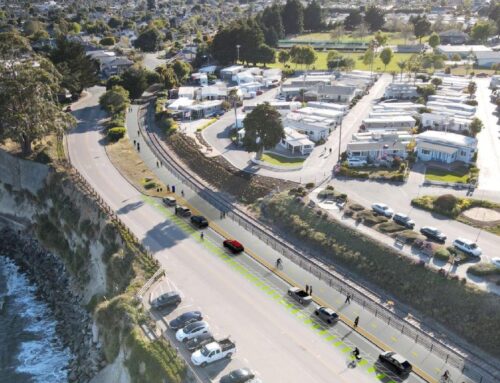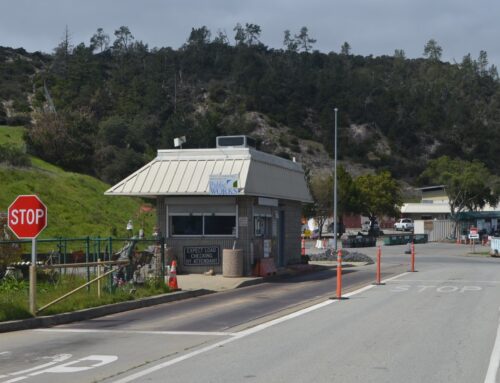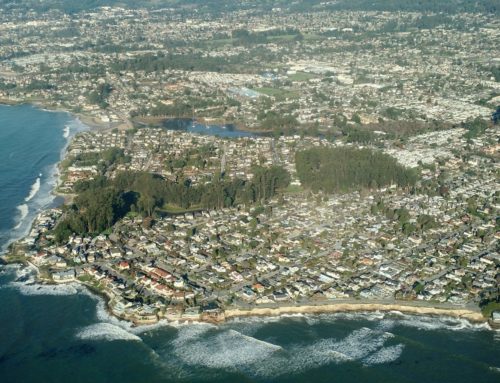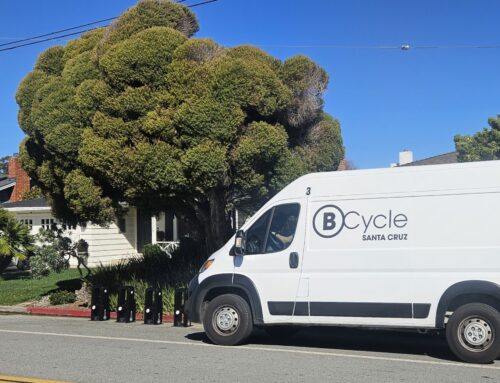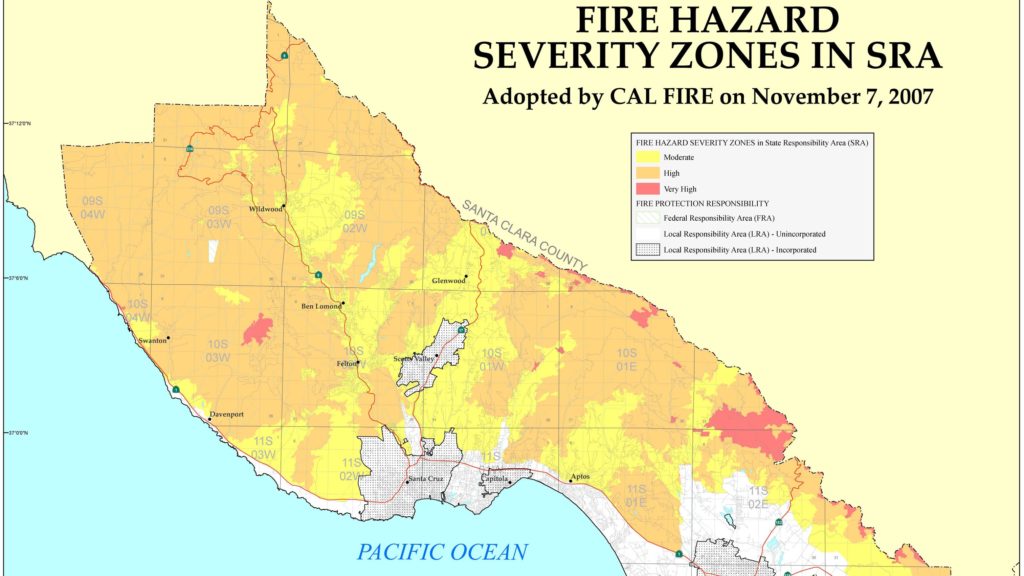
A map shows fire hazard severity zones in the “state responsibility area” covered by Cal Fire in Santa Cruz County. (Cal Fire)
SANTA CRUZ>> Tuesday, some rural Santa Cruz County residents, fire department leaders, county planners and state elected leaders asked the California Board of Forestry and Fire Protection to change and delay proposed new restrictions on rural roads and homes covered by Cal Fire. The Board of Forestry and Fire Protection is a state body that sets rules in areas covered by Cal Fire.
- The Forestry board did not vote on the rules during its meeting Tuesday. It’s not yet clear whether the board will vote at its next meeting July 13, said Edith Hannigan, land use planning program manager for Cal Fire. An agenda is expected to be published by July 3.
- The proposals, called the Minimum Fire Safe Regulations 2021, aim to make rural residential areas safer for residents and firefighters in part by adding minimum road and driveway widths for fire vehicles. Critics say the road-widening rules will be cost prohibitive or physically impossible for homeowners without local exceptions.
- Darcy Wheeles, vice chair of the Board of Forestry, said the board has heard from stakeholders on the issue since July 2020. “I want to assure people that these comments will be considered and the written comments will be reviewed,” Wheeles said.
Roughly half of Santa Cruz County residents live in Cal Fire protected areas adherent to the proposed rules, said Dave Reid, senior recovery and resilience analyst for Santa Cruz County. More than 950 homes were lost in the CZU Lightning Complex Fire in 2020 and many were more affordable than in more urban areas, county leaders have said.
Reid told the board Tuesday that narrow mountain roads make some of the proposed rules “very challenging.” The proposed rules do not allow fire officials in Santa Cruz County to make “reasoned and measured recommendations” on “incremental safety improvements,” Reid said.
Among the proposed rules:
- New roads and driveways must be wide enough for fire engines and other vehicles to enter and exit. New dead-end roads must have minimum widths to turn around vehicles.
- Two-lane roads must be at least 20 feet wide not including shoulders. One-lane roads must be at least 12 feet wide with 20 feet of clearance. Driveways must be at least 14 feet wide and have at least 13 feet, 6 inches of vertical clearance. Some of these rules already are state law, Hannigan said.
- Roads rebuilt after wildfires and other new roads must be at least 14 feet wide. In areas limited by “topography, slope stability or soil conditions,” vehicles must be able to pass at “reasonable intervals,” according to the proposed rules.
- Driveways fewer than 20 feet wide and longer than 150 feet require a turnout.
- Roads and driveways must support at least 36,000 pounds and have grades of less than 20% with “appropriate mitigations,” Hannigan said. Road grades cannot exceed 25% for more than 500 feet.
- Fuel breaks may be required near new construction at the discretion of the local jurisdiction, Hannigan said.
Other potential solutions:
- Because roughly 25% of California residents live in the “wildland urban interface” more prone to wildfire because of climate change, a UC Berkeley study this month suggested that residents might respond to tax incentives to move to lower-risk areas. Another possibility is more compact rural developments or villages surrounded by defensible space.
Become a member of Santa Cruz Local, an independent, community-supported newsroom that’s owned and led by local journalists. Our stories are free and always will be, but we rely on your support.
Already a member? Support Santa Cruz Local with a one-time gift.
Stephen Baxter is a co-founder and editor of Santa Cruz Local. He covers Santa Cruz County government.


